


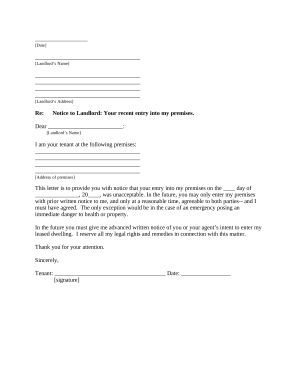

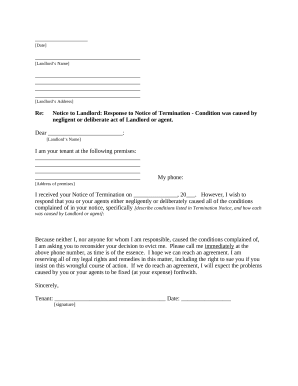
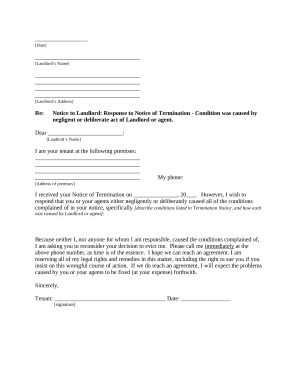
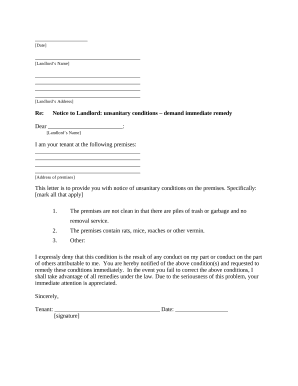
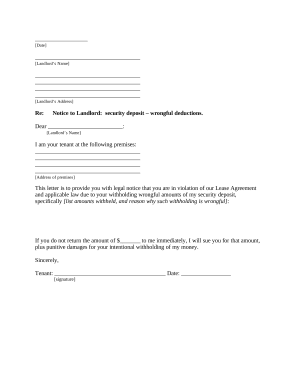
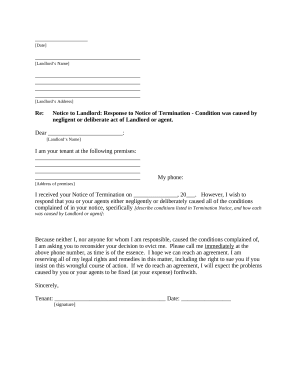
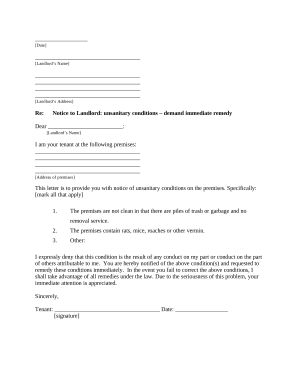
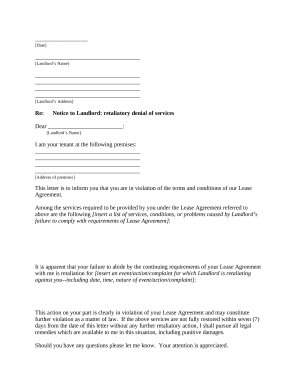
Document management can overpower you when you can’t find all of the documents you require. Luckily, with DocHub's extensive form library, you can get everything you need and swiftly manage it without the need of changing between applications. Get our Tenant-Landlord Dispute Letters and begin working with them.
Using our Tenant-Landlord Dispute Letters using these basic steps:
Try out DocHub and browse our Tenant-Landlord Dispute Letters category easily. Get a free profile today!